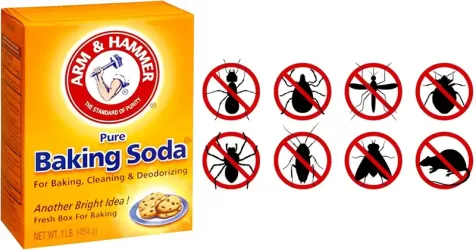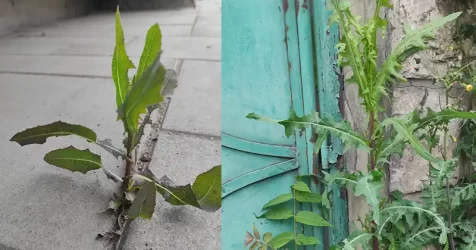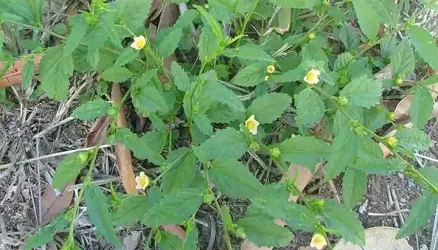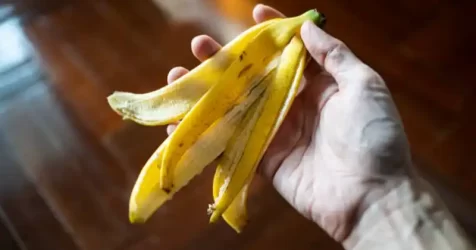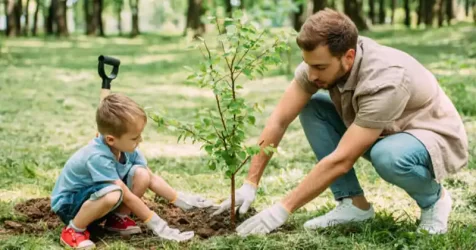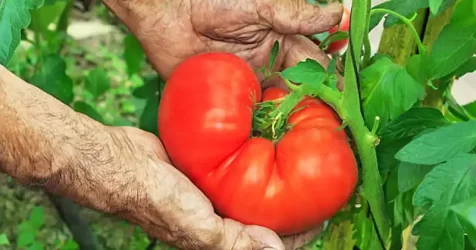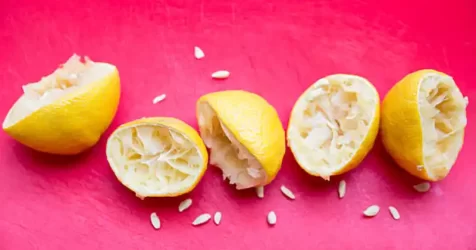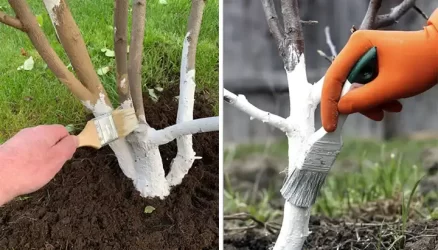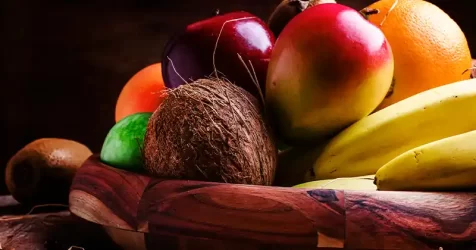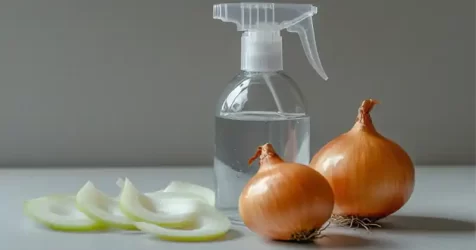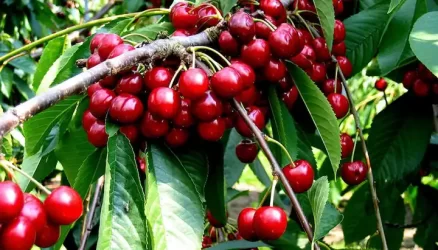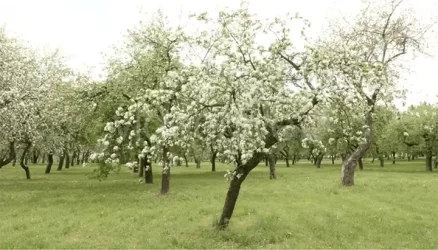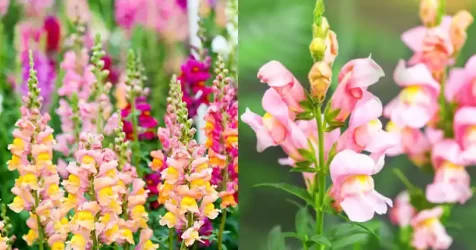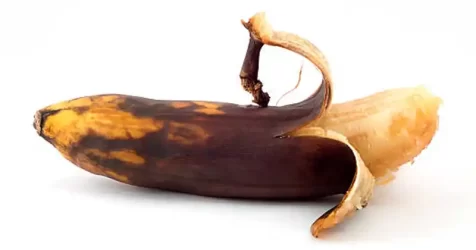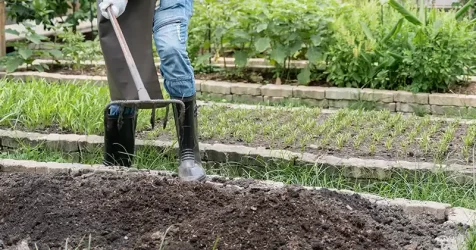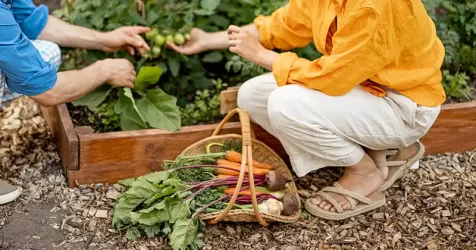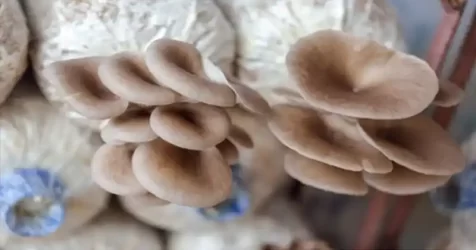Four Effective Ways to Utilize Fish Scraps for Natural Garden Fertilization

Fish scraps may not be the most pleasant-smelling garden fertilizer, but they offer various benefits, such as enriching your soil, providing essential nutrients (especially nitrogen), and reducing waste. Despite the potential downsides, including pathogens and unwanted garden visitors, using fish scraps can be a sustainable and resourceful way to boost your garden’s fertility. In this article, we will explore four effective methods for incorporating fish scraps into your garden while ensuring safety and success.
What Fish Scraps Do for Your Garden
Fish scraps have been used in gardening practices for centuries, offering several benefits to soil and plant growth. However, they should be handled with care to avoid potential risks. Here are the advantages and disadvantages of using fish scraps in your home garden:
Benefits
- Soil Building: As fish scraps decompose, they enrich the soil by adding valuable organic matter.
- Nitrogen: Decomposing fish provides essential nitrogen for healthy plant growth, typically at a rate of 4-1-1 (N-P-K), contributing to the soil’s nutrient balance.
- Other Nutrients: Fish scraps also contain additional nutrients like iron, zinc, calcium, and potassium. These, though not always readily available to plants, can enhance soil fertility.
- Waste Reduction: Using fish scraps in your garden helps divert them from landfills, promoting an eco-friendly approach to waste management.
Disadvantages of Fish Scraps
While fish scraps have their merits, there are certain dangers associated with their use:
- Pathogens: Raw fish can harbor harmful bacteria, which may persist in the soil and potentially contaminate crops.
- Parasites: Raw fish can also carry parasites that can infect the soil and future crops.
- Pest Attraction: The strong odor of rotting fish can attract various animals, including raccoons, possums, and even household pets, posing health and safety hazards.
- Heavy Metals: Fish may contain heavy metals like mercury, which cannot be removed through decomposition and can find their way into your garden and food supply.
Where to Get Fish Scraps
If you’re considering using fish scraps in your garden, it’s essential to think about their source. Obtaining fish from sustainable, ethical, and safe sources is crucial. Avoid using the entire fish and opt for inedible parts like the head, bones, organs, and feces. Using fish scraps responsibly helps prevent soil and groundwater pollution and reduces environmental concerns associated with large-scale aquaculture.
Is It Better to Buy Fish Fertilizer?
While using your own fish scraps poses health risks, commercially available fish fertilizers have undergone processing to remove pathogens. These fertilizers come in various forms, such as fish meal, fish emulsions, and fish hydrolysate, each with its own advantages and environmental concerns.
Ways to Use Fish Scraps in Your Garden
If you’re willing to give fish scraps a try in your garden, here are the four most common and effective methods:
1. Bury Fish Scraps Under Plants:
Burying fish scraps under your plants is a time-tested method with several nuances to ensure its success. This approach is particularly effective for fruit-bearing plants, and here’s a more comprehensive look at how to implement it:
– Select Appropriate Plant Types: Choose fruit-bearing crops for this method, such as cucumbers or tomatoes. Avoid using it for root crops or any plant where you consume the entire plant, as pathogens and parasites could pose a risk to the edibles.
– Optimal Depth: Bury the fish scraps at a minimum depth of 12 to 24 inches (30 to 60 cm). This depth helps control any unpleasant odors and deters animals from digging up the scraps. Keep in mind that the depth will affect the availability of decomposing matter to the plants, so balance it based on your garden’s specific needs.
– Decomposition Rate: Fish scraps decompose relatively quickly compared to other organic matter. By the end of the year, you’ll typically find only clean bones left. Many gardeners report significant benefits to their plants, including healthier growth, improved productivity, and longer lifespan, particularly for annuals. This method is rooted in traditional Indigenous farming practices and can offer impressive results.
2. Blended Fish Scraps:
Blending fish scraps with water is a less favorable method due to its distinct odor and challenges in containing the smell. Here’s a more detailed look at this approach:
– Odor Management: One of the primary challenges of blending fish scraps is the strong smell it generates. The odor can be unpleasant and may attract flies and other pests to your garden.
– Incorporation into Soil: You can lightly incorporate the blended fish mixture into the soil. However, this may not entirely eliminate the odor or keep insects and critters away, making it a less-preferred choice.
– Decomposition Rate: The advantage of blending is that smaller fish scraps decompose faster. Still, the odor remains a significant drawback of this method.
3. Make Your Own Fish Emulsion:
Creating your own fish emulsion can provide your garden with a liquid, nutrient-rich fertilizer, but it comes with its own set of considerations:
– Materials Required: To make fish emulsion, you will need fish scraps, sawdust, a 5-gallon bucket with a lid, molasses (unsulfured), and water.
– Preparation Process: The preparation involves mixing fish scraps and sawdust in a 50:50 ratio in the bucket. Add one cup of molasses and cover the mixture with water. Ensure thorough mixing and let the mixture sit for about two weeks, stirring it daily. After the steeping period, strain out the solids, which can be used with fresh water and molasses to create another batch. The resulting liquid emulsion can be employed as a liquid fertilizer.
– Application: To use the fish emulsion, dilute one tablespoon in four liters (one gallon) of water and water your plants with this solution twice a week. Fish emulsion provides quick-acting nutrients for individual plants but doesn’t significantly enhance the overall garden’s fertility.
4. Composting Fish Scraps:
Composting fish scraps can be a contentious method, as using animal products in compost may introduce pests and pathogens. However, if you choose to go this route, follow these specific safety practices:
– Odor and Pest Control: Place the fish scraps in the center of the compost pile to minimize odors and, hopefully, deter animals from digging them up.
– Temperature Control: To ensure the elimination of pathogens in raw fish, heat the compost pile to at least 145°F (64°C) and maintain this temperature for five days. This heating process should be repeated three times to ensure safety.
– Nutrient Composition: It’s important to note that adding fish scraps to your compost doesn’t significantly increase the nitrogen content of the finished compost. Composting transforms the organic matter into rich humus, and this humus has roughly the same nutrient composition, whether it comes from plant or animal sources.
In conclusion, the choice of method for using fish scraps in your garden depends on your specific gardening goals and how you handle potential drawbacks, such as odor and pest attraction. Each method has its merits and challenges, so selecting the most suitable approach depends on your garden’s needs and your willingness to manage any associated risks.
Conclusion
The use of animal products in gardening remains a topic of debate, as does the safety of using raw fish for gardening purposes. Whether you decide to use fish scraps or explore alternative options, always exercise caution and discretion when amending your soil. A well-maintained garden will reward you with beautiful flowers and a bountiful harvest, regardless of your chosen fertilization method.

